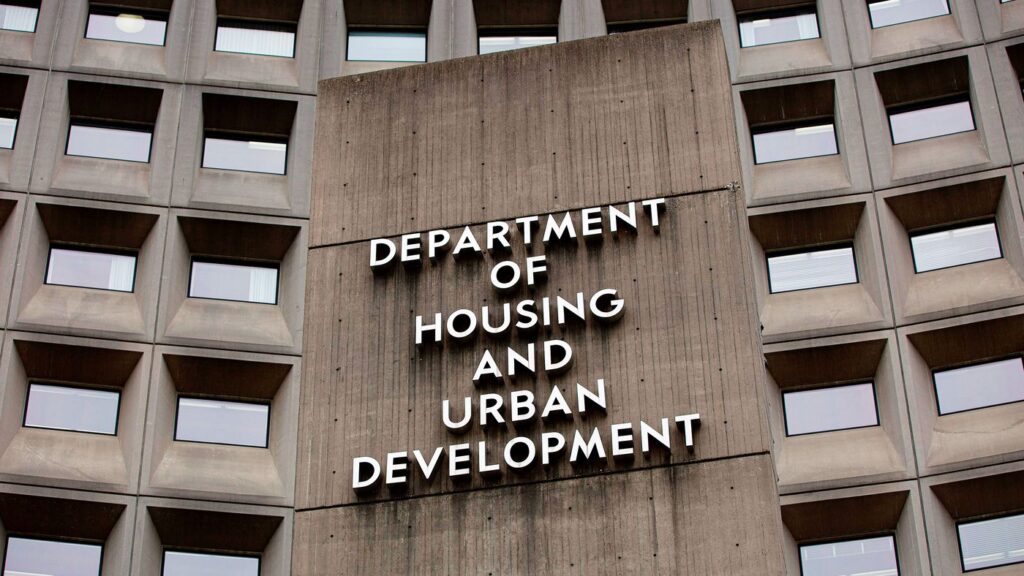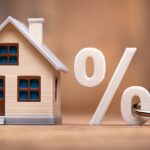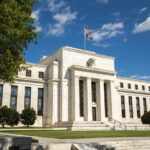After a noteworthy year that included a record-setting $16 billion in federal funding and investments in Historically Black Colleges and Universities and $138 million in awards grants for 18 state housing agencies to create affordable homes and expand support services for adults living with disabilities, the U.S. Department of Housing & Urban Development (HUD) is announcing that the New York City Housing Authority (NYCHA) is receiving over $37 million in additional funding in an effort to maintain a resident-first focus during ongoing repairs. The money will be paid in Tenant Protection Vouchers. Additionally, NYCHA recently also received $7.5 million to remove lead paint from public housing.
HUD Acting Secretary Adrianne Todman announced these funds during a visit to a Brooklyn affordable housing complex managed by NYCHA. While touring the property, Acting Secretary Todman highlighted all the ways HUD is working to reduce housing costs and expand assistance for lower-income Americans, such as boosting access to energy efficiency and clean energy, helping lower utility bills and create more sustainable, affordable homes.
“HUD is working to ensure that all Americans have access to homes that are not just affordable, but resilient,” said Secretary Todman. “Today, I am proud not only to release more funding to help New York families, but to announce new actions to boost access to solar energy for these families. We know that solar energy can reduce both emissions and housing costs for owners and residents, and this Administration is working to ensure low-income families receive these critical benefits.”
Coordinated efforts by HUD are ensuring that solar energy benefit residents and families of America’s public housing communities and multifamily housing faster. Through the Inflation Reduction Act, incentives for clean energy and manufacturing have driven a historic surge in solar, with the US surpassing five million solar installations. More than 25% of those solar projects have been added just since the President Biden signed the Inflation Reduction Act.
HUD and the Biden Administration announced several actions to reduce barriers and make it easier to install solar on public housing properties and multifamily housing, all backed by Fannie Mae and Freddie Mac. This will ensure that the benefits of affordable, clean energy reach disproportionately underserved communities and families who live in multifamily housing. HUD has been working to eliminate barriers to solar at multifamily housing and in HUD-supported public housing communities in the following ways.
Increasing Solar Energy Incentives
In the past, when a public housing authority saved energy from solar, the property could not keep the savings. HUD announced that 100% of the cost savings from solar power purchase agreements (PPAs) can stay with public housing properties when done in conjunction with an Energy Performance Contract (EPC), expanding opportunities for solar investments. HUD has updated its Rate Reduction Incentive (RRI) notice, allowing public housing authorities (PHAs) to receive cost savings from reductions in utility costs. These updates allow PHAs to retain up to 100% of the cost savings (it was previously capped at 50%) from on-site solar and community solar, helping PHAs to realize the full benefit of EPA’s Solar for All program and Treasury’s Direct Pay tax provision.
Making it Easier to Install Solar on Multifamily Housing
HUD, FHFA, Fannie Mae, and Freddie Mac announced a new working group to coordinate with multifamily housing developers and the solar industry to uplift industry best practices for on-site solar at multifamily properties. The group will assess enhancements and standardization to processes and documents needed to reduce transaction costs, making it easier to install solar on affordable and market-rate multifamily housing and leverage historic IRA dollars. This effort will help the marketplace meet the demands of the housing and solar industry to cut housing operational costs, reduce emissions and increase sustainability, and enable the long-term preservation of multifamily housing.
Updating Guidance for Expanding Solar Energy Benefits at HUD-Supported Properties
In 2022 and 2023, HUD’s Office of Multifamily Housing Programs and Office of Public and Indian Housing (PIH) published guidance on the treatment of financial benefits to tenants from on-site and community solar projects. This guidance is helping to ensure residents in HUD-supported housing across the country benefit from the expansion of these new clean energy programs.
Expanding Opportunities for Rental Properties to Adopt Solar Energy
HUD has delivered more than $770 million in funds that will upgrade more than 20,000 homes through the Green and Resilient Retrofit Program to bring clean energy generation—including solar energy—and climate resilience to HUD-assisted properties that house low-income tenants across the country. GRRP is the first HUD program to simultaneously invest in energy efficiency, greenhouse gas emissions reductions, energy generation, green and healthy housing, and climate resilience strategies specifically in HUD-assisted multifamily housing. These critical investments create healthier, affordable, safer and more climate resilient homes and communities and advance economic and environmental justice.






